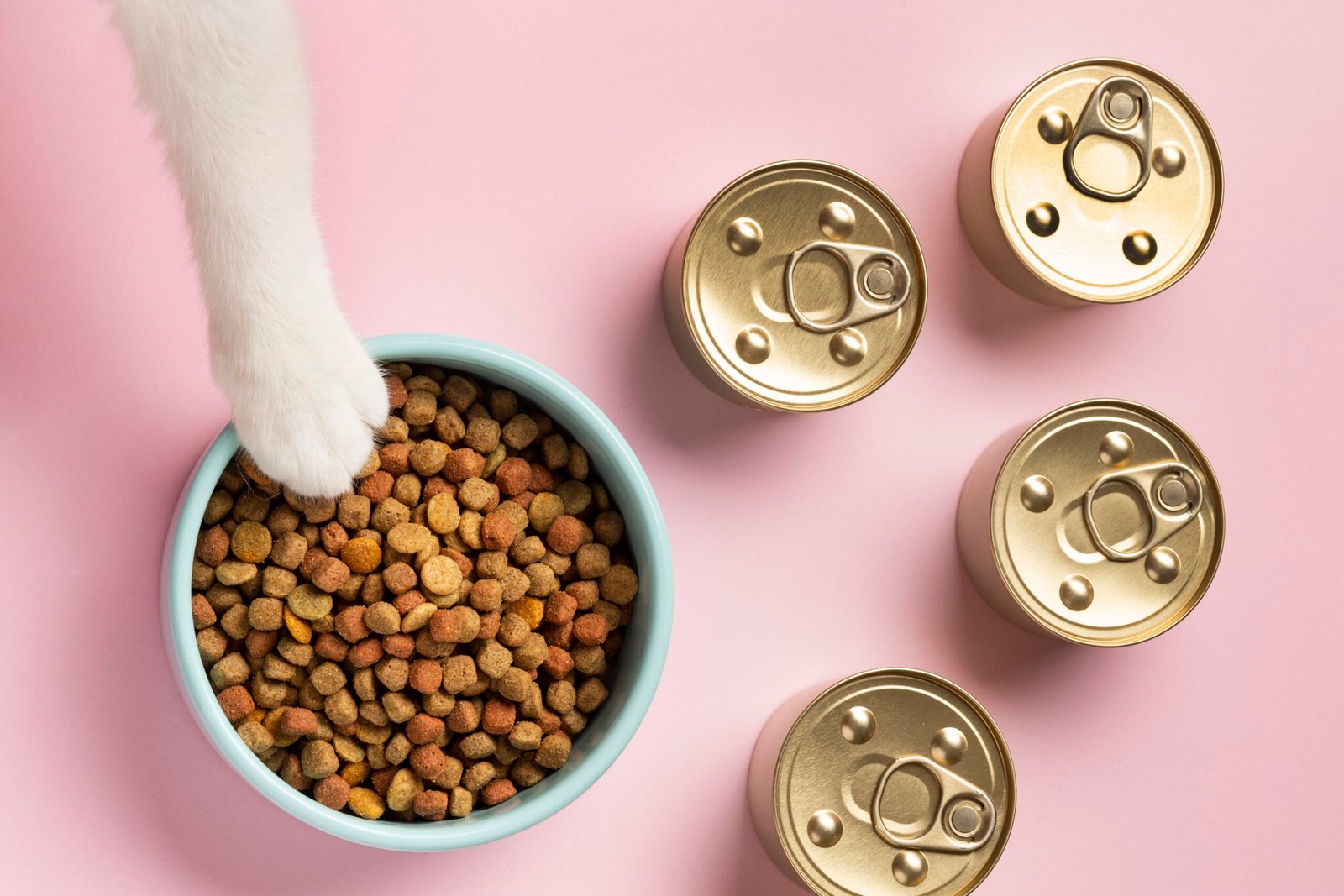Choosing the right type of food for your cat is crucial for their health and well-being. With numerous options available, pet owners often find themselves torn between wet and dry cat food. Each has its unique advantages and disadvantages. This article delves into the pros and cons of wet and dry cat food, helping you decide which is better for your cat.
Understanding Wet Cat Food
Wet cat food, typically canned, contains more moisture than dry food. It often has a richer aroma and flavor, making it more palatable for many cats.
Pros of Wet Cat Food
Wet cat food contains about 75-80% water, which helps keep your cat hydrated. This is particularly beneficial for cats who don’t drink enough water alone. The strong aroma and soft texture make wet food more appealing, especially for picky eaters or older cats with dental issues. Wet food often contains fewer carbohydrates and more protein and fat, resembling a cat’s natural diet.
Cons of Wet Cat Food
Wet cat food is generally more expensive than dry food, making it a less budget-friendly option for some pet owners. Once opened, wet food needs to be refrigerated and used within a few days. Unopened cans have a shorter shelf life compared to dry food. Additionally, wet food doesn’t provide the same dental benefits as dry food, lacking the abrasive texture needed to help clean a cat’s teeth.

Understanding Dry Cat Food
Dry cat food, often called kibble, contains less moisture and is typically higher in carbohydrates. It has a longer shelf life and is more convenient to store and serve.
Pros of Dry Cat Food
Dry food is easy to store, doesn’t require refrigeration, and can be left out for longer periods without spoiling. Kibble is generally more affordable, making it a cost-effective choice for feeding your cat. The crunchy texture of dry food can help reduce plaque and tartar buildup, promoting better dental health.
Cons of Dry Cat Food
Dry food contains about 10% moisture, so cats need to drink more water to stay hydrated. This can be a challenge for cats that naturally drink little water. Dry food often contains higher levels of carbohydrates, which may not be suitable for all cats, particularly those prone to obesity or diabetes.
Comparing Wet and Dry Cat Food
Nutritional Comparison
Wet food generally offers a higher protein content and lower carbohydrate levels, aligning more closely with a cat’s natural diet. Dry food, however, aids dental health through its crunchy texture.
Wet food generally offers a higher protein content and lower carbohydrate levels, aligning more closely with a cat’s natural diet. Dry food, however, aids dental health through its crunchy texture.
Hydration Needs
Cats that consume wet food benefit from increased moisture intake, which can help prevent urinary and kidney issues. Cats on a dry food diet must compensate by drinking more water, which some cats are reluctant to do.


Feeding Habits and Preferences
Cats have individual preferences. Some may prefer the taste and texture of wet food, while others may favor dry food. Observing your cat’s eating habits can help determine which type they enjoy more.
Cats have individual preferences. Some may prefer the taste and texture of wet food, while others may favor dry food.
Cost and Convenience
Dry food is more economical and convenient to store and serve, making it a practical option for many pet owners. Wet food, though more expensive, can benefit cats with specific dietary needs or preferences.
Which Is Better for Your Cat?
Choosing between wet and dry cat food ultimately depends on your cat’s needs and preferences. Here are some considerations to help you decide:
Age and Health Condition
Kittens and senior cats may benefit more from wet food due to its softer texture and higher moisture content. Cats with dental issues or health conditions requiring increased hydration may also do better on moist food.
Dietary Needs
Wet food may be a better option for cats with specific dietary restrictions, such as those requiring low carbohydrate intake. Conversely, healthy cats with no special nutritional needs might thrive on a balanced, dry diet.
Lifestyle and Convenience
Consider your lifestyle and convenience. If you’re often away from home and prefer the ease of leaving food out, dry food may be more suitable. It might be the healthier option if you can manage the cost and storage of wet food.

Leave a Reply